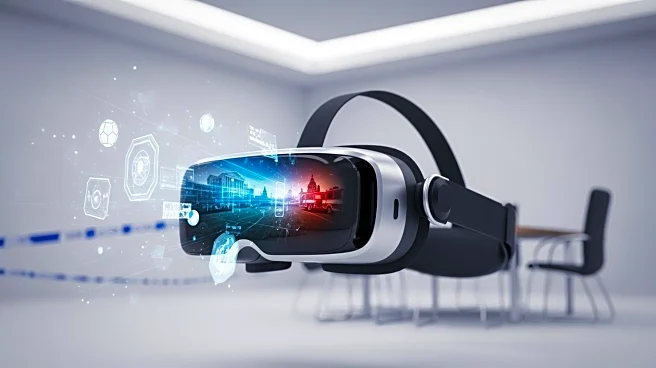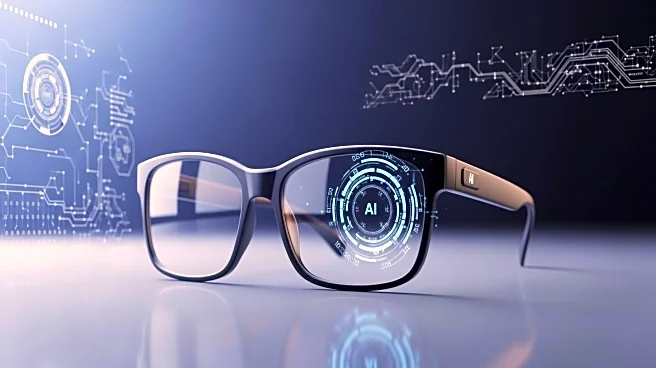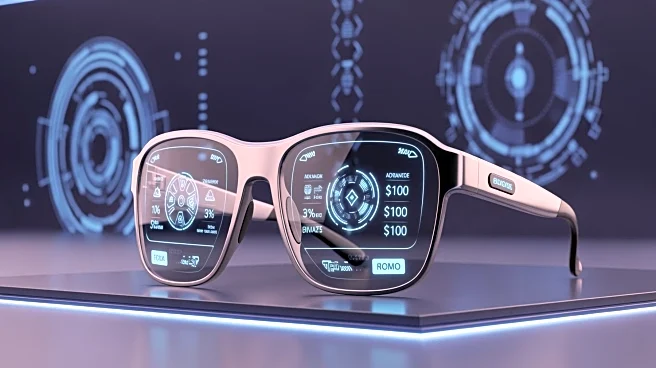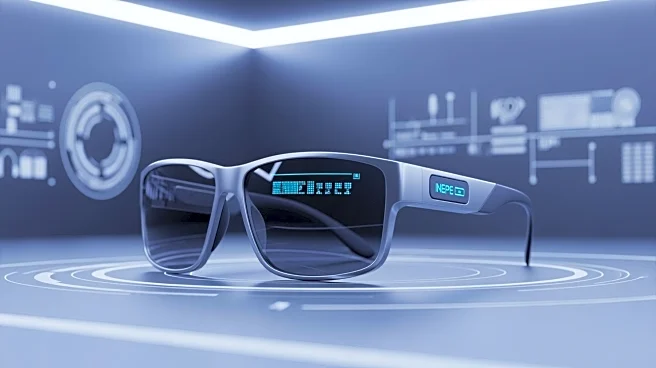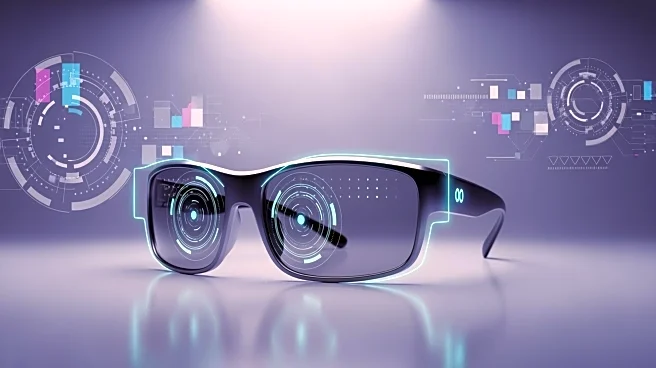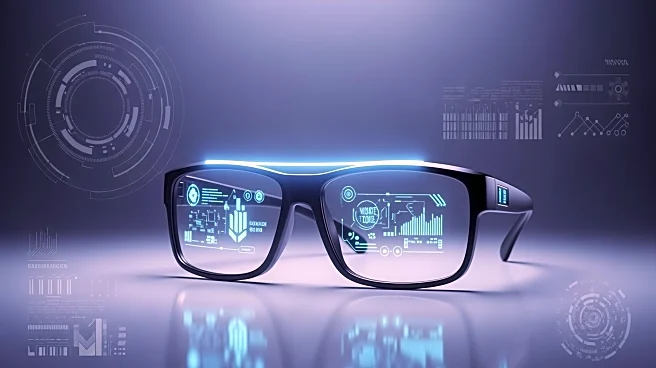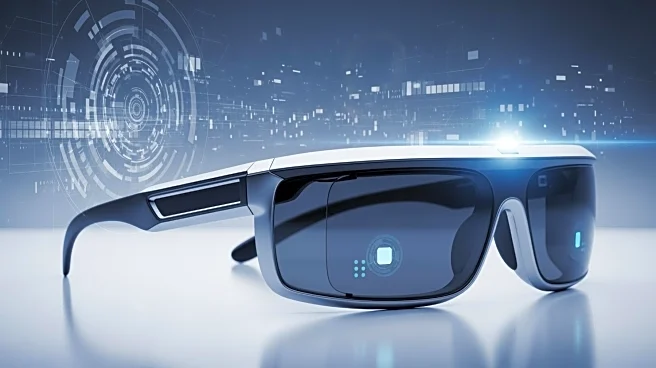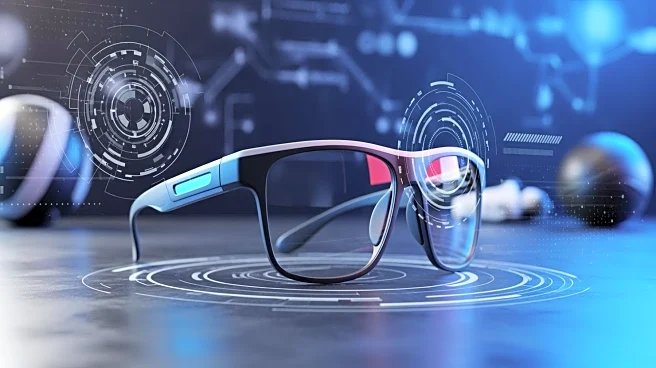What's Happening?
The augmented reality (AR) market is set to experience significant advancements in 2025, with major companies like Meta, Samsung, and Niantic unveiling new devices and features. Meta has introduced the
Ray-Ban Display, priced at $799, which includes a wristband controller for enhanced interaction. The Ray-Ban Gen 2 model offers twice the battery life and 3K video recording capabilities. Oakley's Meta Vanguard is designed for athletes, providing a heads-up display for real-time metrics. Samsung is preparing to launch its smart glasses with pop-up demos scheduled for October 2025. Niantic has updated its Peridot AR pet to function as a tour guide, indicating a shift towards location-based storytelling in AR. These developments highlight a trend towards making AR devices more practical and integrated into daily life.
Why It's Important?
The introduction of these AR devices marks a pivotal moment for both consumers and creators. For consumers, the enhancements in battery life and interactive features make AR devices more viable for everyday use, potentially increasing adoption rates. For creators, the improved video capabilities and new storytelling tools offer expanded opportunities for content creation and engagement. The market expansion by major brands like Meta and Samsung suggests a growing confidence in the commercial viability of AR technology. This could lead to increased competition, innovation, and potentially lower prices as the technology becomes more mainstream. The shift towards practical applications, such as Niantic's tour guide feature, indicates a move away from novelty towards utility, which could broaden the appeal of AR devices.
What's Next?
As these AR devices become available, consumer and market reactions will be critical in shaping the future of AR technology. Early adopters and tech enthusiasts are likely to drive initial sales, but broader acceptance will depend on the perceived value and practicality of these devices. Companies may continue to refine their offerings based on user feedback, potentially leading to further innovations and improvements. The success of these devices could also influence other tech companies to enter the AR market, increasing competition and accelerating technological advancements. Additionally, the integration of AR into various sectors, such as tourism and sports, could open new business opportunities and revenue streams.
